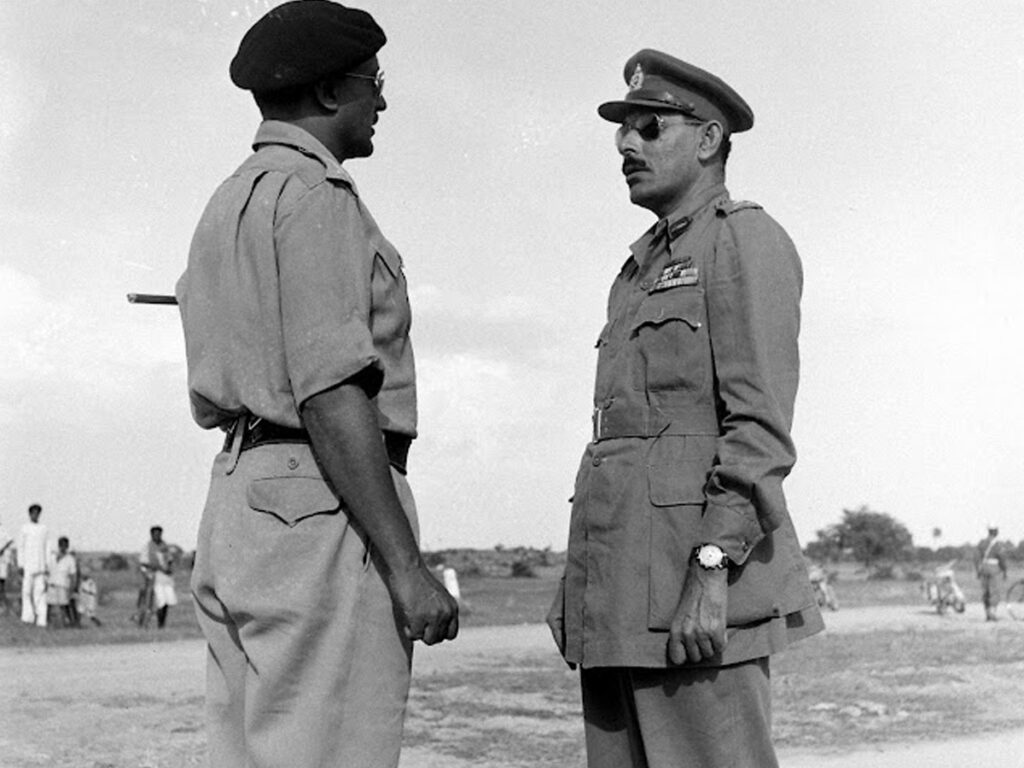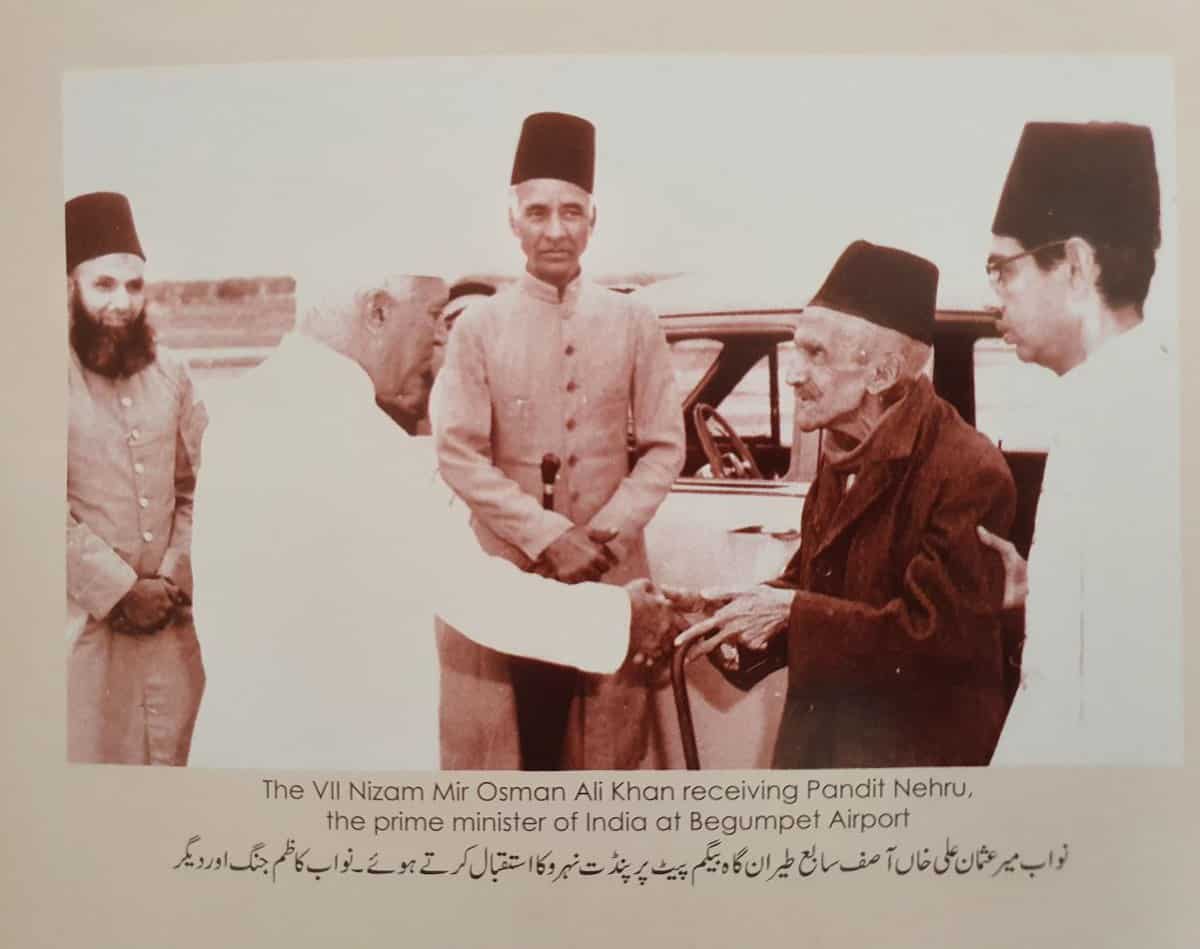Hyderabad: The Bharatiya Janata Party (BJP) loves to attack the last Nizam of Hyderabad, Mir Osman Ali Khan, for his decision to stay independent after August 15, 1947. Calling his reign ‘tyrannical’ often, the BJP also holds him responsible for a lot of other things, by conveniently sitting on other facts which would be inconvenient to the saffron party.
The Hyderabad state was annexed to India on September 17, 1948, through Operation Polo. It was a military offensive against the Hyderabad state that was set forth by the then Indian government after negotiations with Osman Ali Khan’s government fell through. Both sides had signed the ‘Standstill Agreement’ on November 29, 1947, for a period of one year prior to that.
Telangana, which was part of the Hyderabad state, was also witnessing a peasant uprising which began in 1946, and ended on October 21, 1951. The BJP, which conveniently ignores all of this, only focuses on Osman Ali Khan’s decision to stay independent. It alleges that September 17, 1948, when the army took over, was ‘liberation’ for people of the state.
Hence, it was no surprise that the BJP-led Centre announced that it would hold the year long ‘Hyderabad Liberation Day’ event starting September 17. One can only assume that the term is being used given the last Nizam’s religion, for the saffron party’s political agenda to gain ground in Telangana.
Operation Polo: When the Army marched into Hyderabad
Jammu and Kashmir’s Hindu king also chose independence
The princely state of Kashmir, despite its geographical, political and demographic situation being different from Hyderabad, had one thing in common: its controversial accession to independent India after the British left in 1947. After months of political unrest and violence which gripped the state, its last ruler Maharaja Hari Singh signed the Instrument of Accession on 26th October 1947.
Unlike Hyderabad’s Nizam, Hari Singh of Jammu and Kashmir however gets preferential treatment, politically speaking. Even though he too like Osman Ali Khan chose to stay independent, the Jammu and Kashmir administration a day earlier announced that his birthday will be a public holiday from now on. It was a long demand from people in Jammu. We seldom see anyone censuring Hari Singh the way Osman Ali Khan’s decisions are scrutinised.
The period from 1931 in Jammu and Kashmir saw an increased and open criticism of the
autocratic rule of Maharaja Hari Singh and his administration, with Muslims of the state asking for
more rights and representation as well.

At the time of independence, Maharaja Hari Singh chose to stay independent while communal clashes
intensified in Kashmir with the backdrop of riots in Punjab due to Partition and other internal conflicts in the state. Like Osman Ali Khan, Maharaja hari Singh on the eve of Independence in 1947 thought his state could establish a neutral relationship with India and Pakistan. However, that was not meant to be.
Travancore
The last ruler of the Travancore state (now in Kerala) was Sree Chithira Thirunal. The state was represented by its Dewan CP Ramaswamy Iyer, who in fact declared that the state would not not join India or Pakistan. The Indian government, headed by Prime Minister Jawaharlal Nehru, was of course furious.
The state, like others, had infrastructure to be independent. However, it did not have full support of its people, many of whom wanted to in fact merge with the Indian union. The communists in the state had also rebelled in Travancore. A month later in July, an assassination bid on Ramaswamy Iyer was made in Trivandrum.
After the incident, a reportedly shaken Maharaja had decided to accede to India. A formal decisionw was made on July 30, 1947. Other parts of present-day Kerala, like Kochi, were merged with Trivandrum to create Kerala later.
After several rounds of discussion and negotiation between Sree Chithira Thirunal and V.P. Menon, the king agreed that the Kingdom should accede to the Indian Union in 1949. On 1 July 1949 the Kingdom of Travancore was merged with the Kingdom of Cochin and the short-lived state of Travancore-Kochi was formed.
Hyderabad’s Operation Polo
One of the major reasons behind Police Action or Operation Polo is believed to be the fanatical Qasim Razvi. He headed the MIM from 1946-48 and also started the Razakar (volunteers) militia, and indulged in atrocities. The issue with Razvi was his violence.
Hyderabad was the largest one in India. It ran over 82,000 square miles of area, which included all of Telangana, five districts of Maharashtra and three of Karnataka. It had a population of about 1.6 crore, of which 85% were Hindus and a little over 10% were Muslims (about 43% of people lived in the Telangana region).

Moreover, another major reason for sending in the army was the Communist Party of India (CPI)-led Telangana Armed Struggle (1946-51). It was essentially a peasant uprising against feudal Jagdirdars (landlords) in the Hyderabad state. It had begun much earlier in 1946. Wary of a communist takeover, the Indian government also wanted to crush the communist movement, which continued till 1951.
The CPI called it off on October 21, 1951 and joined the Indian democratic system.







